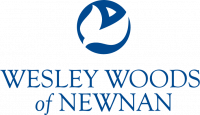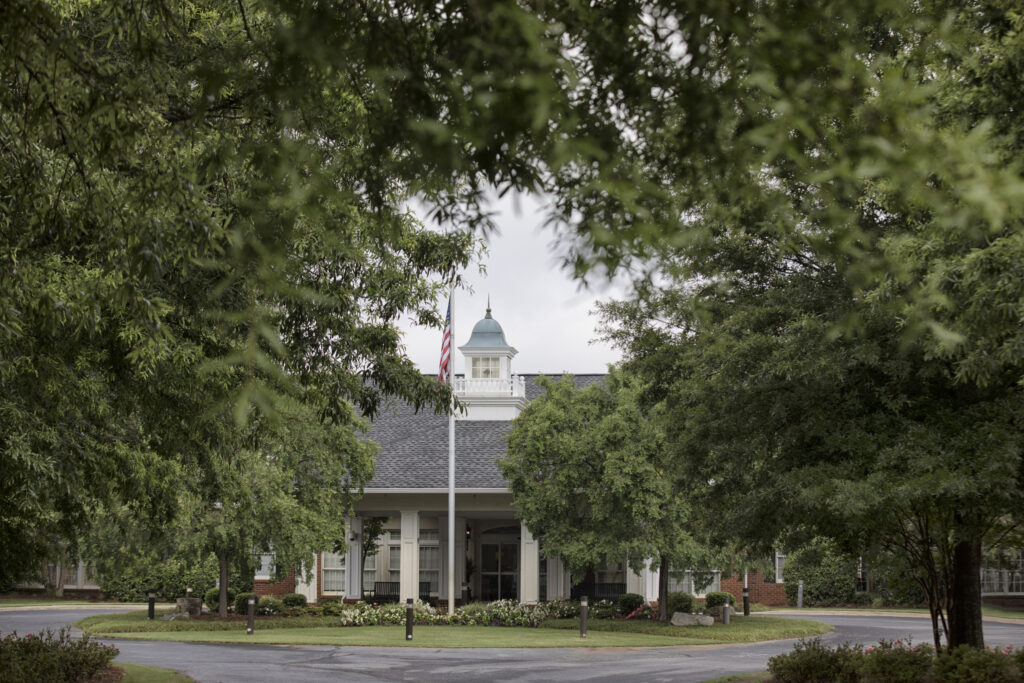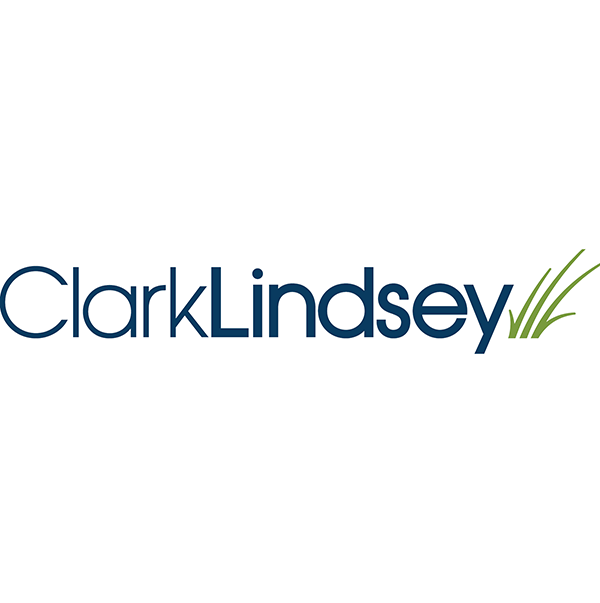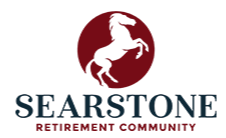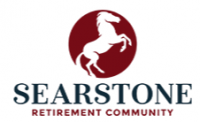HJ Sims is pleased to announce the successful closing of a November 2021, $398.1 million tax-exempt and taxable bond issue for Purchase Senior Learning Community, Inc., formed to develop a new university-based retirement community, Broadview at Purchase College, being constructed on the State University of New York Purchase College campus in Purchase, NY.
Continue readingBroadview at Purchase College (November 2021)
HJ Sims Raises $398 Million for New University Based Retirement Community on SUNY Purchase College Campus Employing Ground Leasehold Mortgage to Secure Bonds. Upon becoming President of the State University of New York – Purchase College in 2003, Thomas Schwarz assembled a committee to explore the possibility of developing a senior living community on the college campus.
Continue readingHJ Sims Market Commentary: Built by Municipal Bonds
The $1.2 trillion Infrastructure Investment and Jobs act was signed into law on Monday by President Biden, who appointed former New Orleans Mayor Mitch Landrieu as his senior advisor responsible for coordinating its implementation.
Continue readingAn Exclusive Investment Opportunity: Plantation Village
HJ Sims Market Commentary: Honor to the Soldiers, Sailors and Airmen
Exactly as expected, the central bank announced plans to reduce its monthly bond purchases by $15 billion in November and December and, economic conditions permitting, continue to taper through June of 2022 when net new purchases of government and mortgage-backed bonds would cease.
Continue readingOhio Masonic Home (August 2021)
The Ohio Masonic Home owns and operates three life plan communities across Ohio, including Browning Masonic Community in Waterville, OH, Springfield Masonic Community in Springfield, OH, and Western Reserve Masonic Community in Medina, OH, as well as a foundation outside of the Obligated Group.
Continue readingHJ Sims Partners with Clark Lindsey Village as the First Phase of a Repositioning Vision Becomes Reality
HJ Sims is pleased to announce the successful closing of a September 2021, $8.781 million taxable note on behalf of Clark Lindsey Village. Established in 1978, Clark Lindsey Village is a not-for-profit Life Plan Community located in Urbana, Illinois. Today, the campus encompasses all levels of care with 147 units of Independent Living; 12 units of Memory Care and Assisted Living; as well as 105 beds dedicated to Skilled Nursing. It is one of eight communities in the nation to have earned the designation as a “Center for Successful Aging.”
Continue readingAn Exclusive Investment Opportunity: Wesley Woods of Newnan
Clark Lindsey Village (September 2021)
Founded in Upper Sandusky, Ohio in 1916, United Church Homes owns and manages more than 70 Life Plan, healthcare and affordable housing communities in 14 states and two Native American nations. UCH provides affordable housing, independent living, assisted living, long-term care, rehabilitative care and memory care to thousands of older adults.
Continue readingHJ Sims Market Commentary: Oases of Care
November is Long Term Care Awareness Month, and this year marks the 20th anniversary of the annual designation. As one of the top capital funding sources for continuing care retirement communities and other senior living facilities, HJ Sims understands that 70% of men and women over the age of 65 will have need for some type of long-term care in the coming years.
Continue readingLeadingAge Annual Meeting + EXPO Recap
HJ Sims Market Commentary: No Fugue in D Minor this Halloween
Johann Sebastian Bach’s Toccata and Fugue in D minor is one of the most famous pieces of Baroque organ music ever written and its opening notes still send chills up the spines of Halloween party-goers. At this writing, however, no traders are humming these unforgettably eerie notes as we head into month-end and All Hallows’ Eve.
Continue readingHJ Sims Assists United Church Homes Acquire Pre-built Start-up Independent Living Campus
HJ Sims is pleased to announce the successful closing of a July 2021 financing in the amount of $26.3 million for United Church Homes (UCH). Sims was hired to assist UCH in connection with securing financing to acquire the Polaris Retirement Community from Polaris Retirement Living Properties, LP. A newly built independent senior living community for those 55 and older having 136 one- and two-bedroom apartments located north of Columbus, OH.
Continue readingUnited Church Homes – Polaris (July 2021)
Founded in Upper Sandusky, Ohio in 1916, United Church Homes owns and manages more than 70 Life Plan, healthcare and affordable housing communities in 14 states and two Native American nations. UCH provides affordable housing, independent living, assisted living, long-term care, rehabilitative care and memory care to thousands of older adults.
Continue readingHJ Sims Market Commentary: Seasons of Change
Third quarter corporate earnings reporting season began in earnest last week and stock prices rose as investor alarm over rising inflation, supply disruptions, and waning consumer sentiment notched down a bit with strong bottom line results and positive forward guidance.
Continue readingHJ Sims Market Commentary: Wise Owls and Head Spinners
In the animal kingdom, owls have the highest degree of head rotation. We humans cannot attempt such flexible maneuvers, but as investors, as advisors, as managers, as parents and caregivers, we would sure love to have a 360-degree view of the world at all times, to be able to see whatever is coming from any direction so as to avoid trouble as well as pounce on opportunity.
Continue readingAn Exclusive Investment Opportunity: Searstone 2021
HJ Sims Assists Landis Homes in Securing Bank Financing for a New Independent Living Campus in Downtown Lancaster and Refinancing of Variable Rate Bank Debt with Fixed-Rate Bond Debt
HJ Sims Market Commentary: Pace of the Year-end Race
Here we are in the final quarter of the year trying to figure out what we may need to do to help and protect our portfolios, investment goals, families and businesses, between now and year-end. There is a big “Wall of Worry” and less than 60 trading days left, some of which could be very volatile.
Continue readingLandis Homes (September 2021)
Founded in 1964, Landis Homes, also known as Landis Homes Retirement Community, operates a Continuing Care Retirement Community in Lititz, Pennsylvania on a 114-acre campus surrounded by Lancaster County farmland. As of 2021, LHRC serves approximately 850 residents and nearly 50 adult day service clients.
Continue reading






